Understanding AI-Generated Pixel Art: Key Signs and Identifiers
Pixel art is popular in video games, animation, NFTs, and digital design. As artificial intelligence (AI) becomes more advanced, it's harder to tell whether pixel art was human-made or AI-generated. Knowing the difference is crucial, especially for artists, game developers, collectors, and buyers.
Here’s how you can identify if pixel art was created using AI, step by step, using clear visual cues, technical insights, and trusted tools.
Why People Use AI for Pixel Art Generation
AI tools offer speed, convenience, and automation. Artists can generate pixel art concepts instantly without hand-drawing each pixel. With tools like DALL·E, Midjourney, and Stable Diffusion, users can simply describe what they want, and an AI will create it.
But this comes with challenges—especially in originality, consistency, and quality.
Top Visual Clues to Detect AI-Generated Pixel Art
If you're examining pixel art and want to check its origin, look for these signs:
- Inconsistent Pixel Grids: AI often misplaces pixels, breaking symmetry or grid alignment. Human-made pixel art follows a consistent structure.
- Unusual or Messy Clustering: Enlarged or misaligned clusters of color may indicate non-human logic. AI struggles with clean grouping.
- Unnatural Lighting or Shading: AI can create highlights or shadows that don’t match the light source.
- Overly Complex Textures: Pixel art demands simplicity; AI sometimes tries to pack in photorealistic textures, which makes the image less readable at small sizes.
- Poor Animation Frames: AI-generated sprite animations often lack smooth transitions. Human artists are more precise with frame timing and details.
- Inaccurate Anatomy or Scale: Proportions may look "almost right" but feel off. For example, character limbs or object parts can be oddly sized.
Technical Metadata and File Inspection
Sometimes clues lie within the file itself. Here are technical ways to detect AI pixel art:
- Uncommon File Sizes: Many AI tools export pixel art at higher resolutions (e.g. 1024x1024 or 512x512) rather than classic game sizes like 32x32 or 64x64.
- Embedded Metadata: Some files contain metadata tags indicating the software used—for example, “Created with Midjourney.” You can check this using image tools like ExifTool.
- Color Palette Analysis: Human-made pixel art often uses a limited palette (around 8–32 colors). AI tends to use more colors than necessary.
Best Tools to Analyze and Verify Pixel Art Authenticity
You don’t have to rely only on your eyes. Certain tools and platforms can help verify whether pixel art was AI-generated:
- AI Image Detectors: Upload your image to AI detectors like AI or Not, Optic, or Hive.
- Palette Analyzers: Tools like Lospec’s Palette List can compare the image’s color profile to standard pixel art palettes.
- Art Forensics Software: Applications like Ghiro or FotoForensics can analyze image noise, structure, and metadata.
These tools are helpful for artists, developers, and NFT collectors alike.
Is AI Art Considered Copyrighted?
One question that often arises is about ownership:
- AI-generated content may not be protected by copyright law in some countries.
- Human users who guide prompts may have partial rights.
- Always check the platform’s terms, especially if using or selling the art.
This distinction is important for legal use, especially in commercial or gaming projects.
Why It Matters: Human-Made vs. AI Pixel Art
Understanding the source of digital artwork is important for:
- Preserving artistic integrity
- Supporting real artists
- Ensuring consistency in game design
- Determining fair pricing of digital assets and NFTs
Whether you’re hiring an artist or collecting retro-inspired assets, spotting AI art helps you make more informed decisions.
FAQ: Common Search Queries About Identifying AI Pixel Art
How can I tell if my pixel art was made by AI?
Check for signs like inconsistent pixel placement, overly detailed textures, or odd proportions. Use metadata inspection tools and AI detection software for confirmation.
What are the best tools to detect AI pixel art?
Try tools such as AI or Not, Hive, and image metadata inspectors like ExifTool or Ghiro. Look also at the pixel color palette and image resolution.
Can AI generate pixel art correctly?
AI can create pixel art, but it often fails in consistency, scale, and clarity. It works well for quick drafts but may not replace detailed hand-drawn work yet.
Is there a way to make pixel art look more human?
Yes. Artists use limited palettes, deliberate dithering, and structured animation loops. These are qualities often missing in AI-created art.
Why does AI pixel art sometimes look strange?
AI doesn’t truly understand anatomy or perspective. It mimics patterns it has seen before but lacks a sense of pixel-level logic, making images feel off.
Final Thoughts: Trust Your Eye and Use Available Tools
As AI becomes more common in art creation, it’s vital to know what you're viewing. Whether you're verifying art for a game, market, or collection, combining visual analysis with metadata and detection tools can give you the answers you need.
Remember—this is not about judging whether AI is "good" or "bad." It’s about understanding its role and ensuring transparency in art attribution. By developing your skills and awareness, you protect your projects and support creative authenticity.




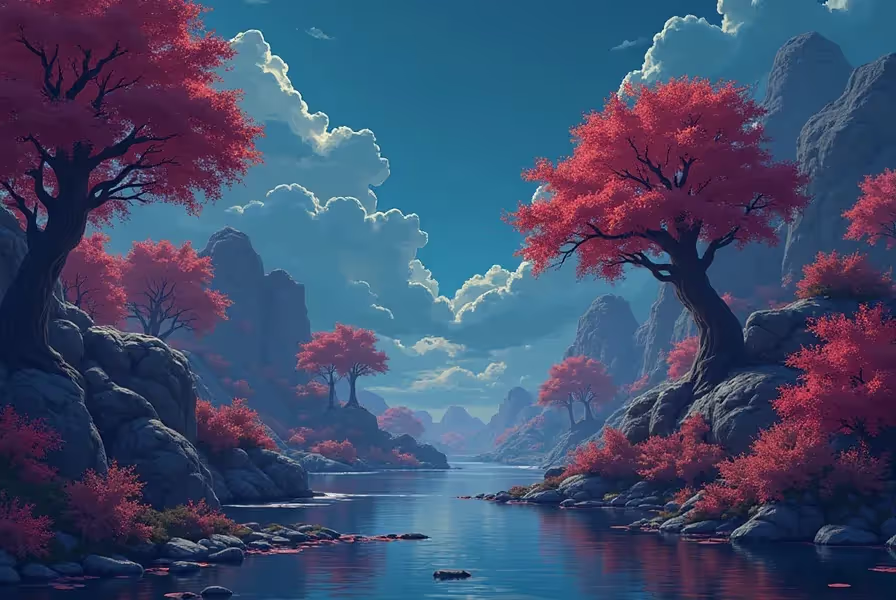
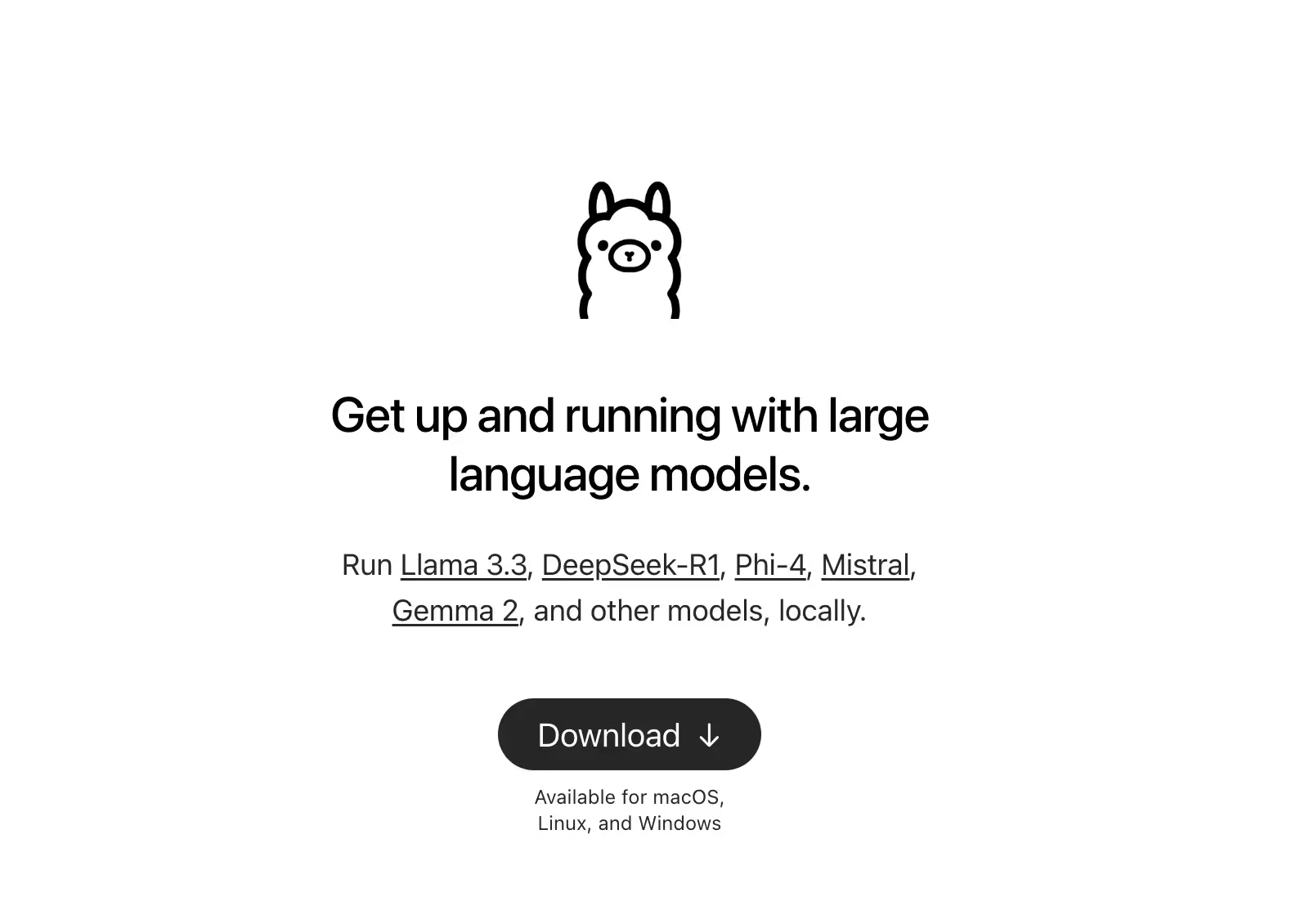

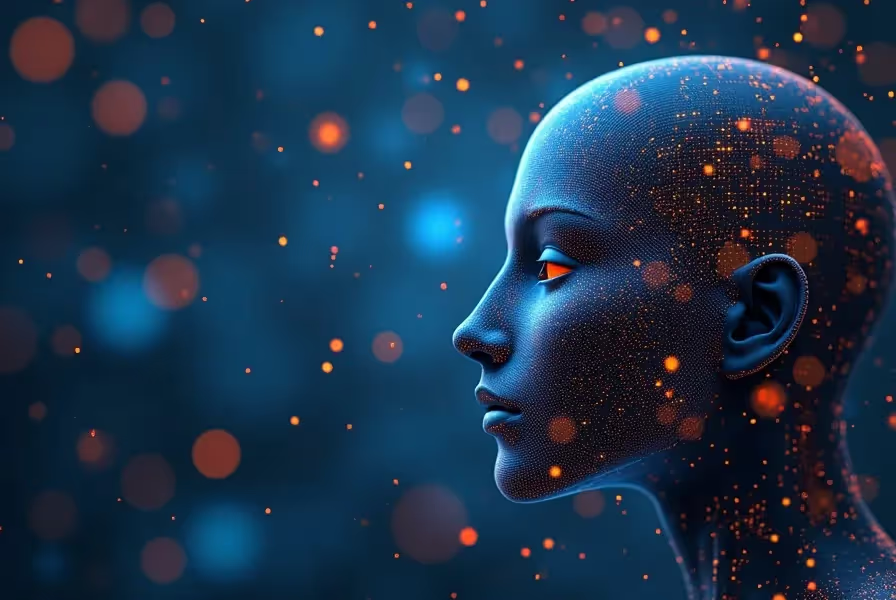
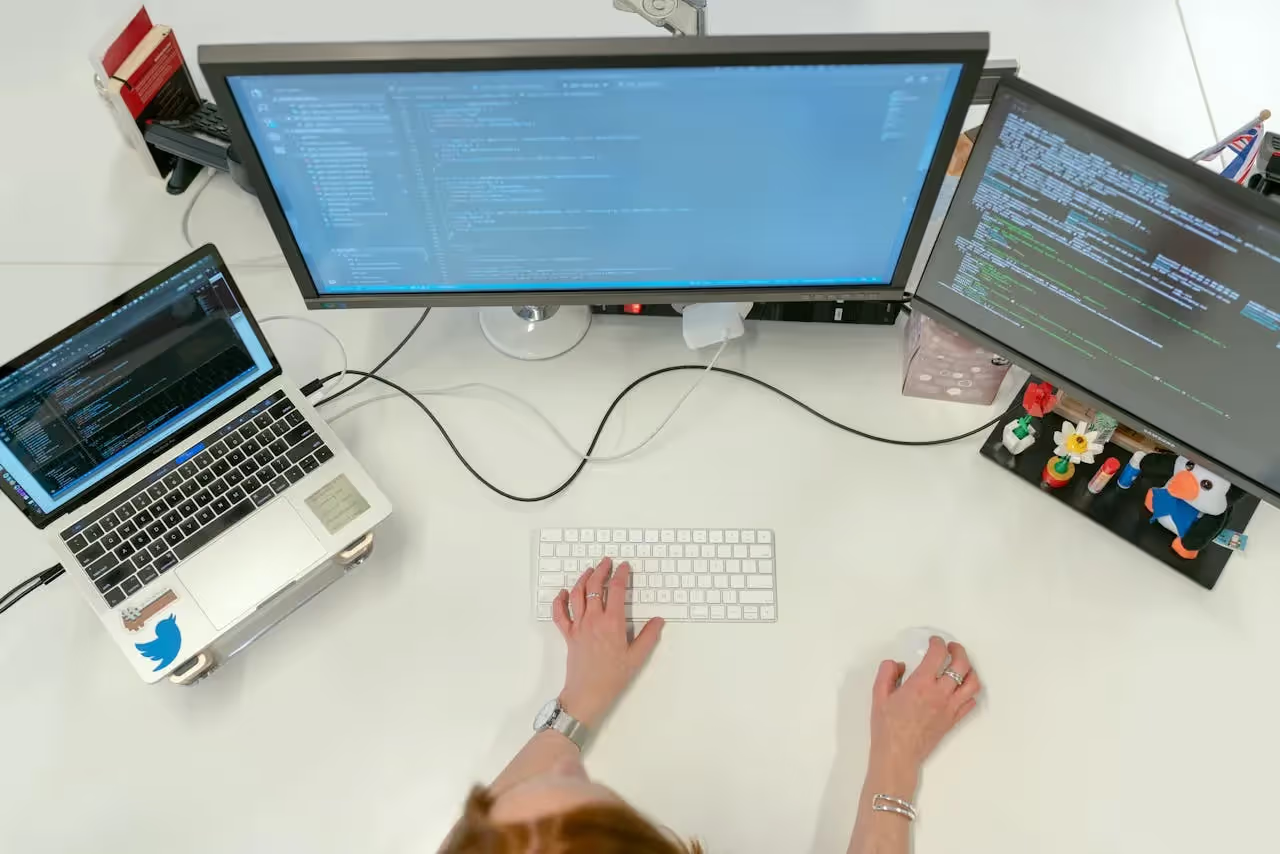
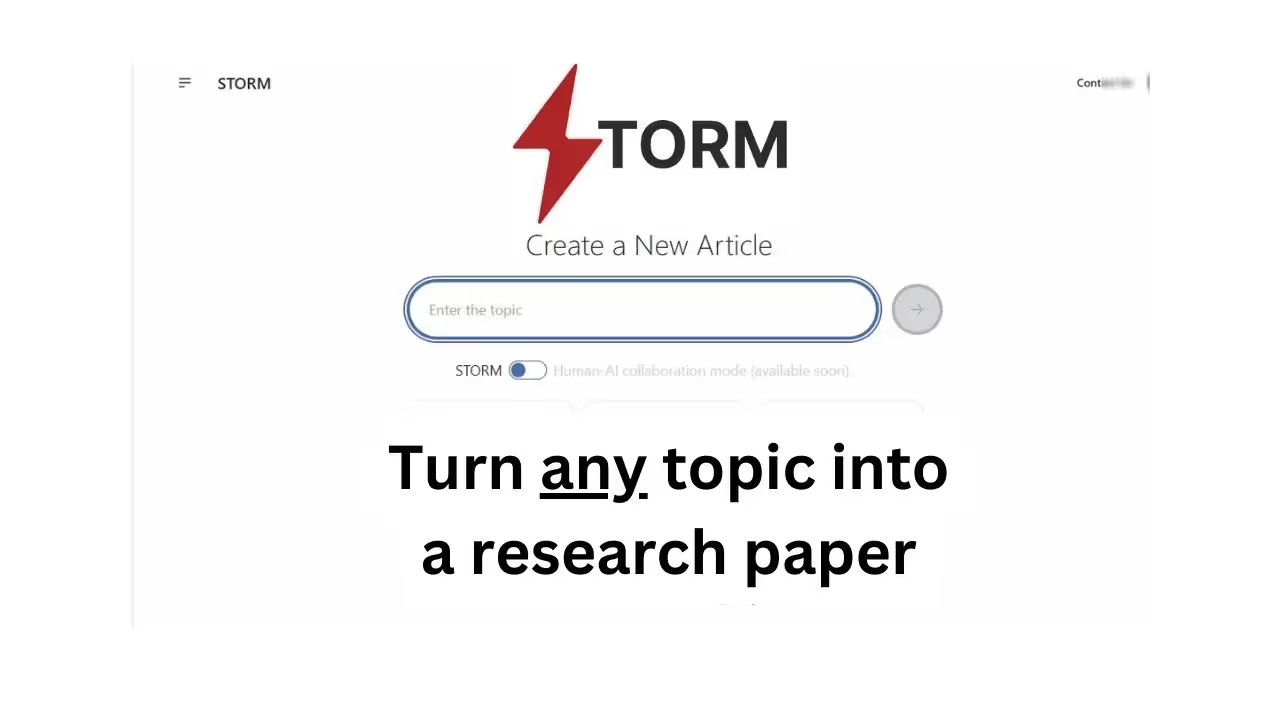


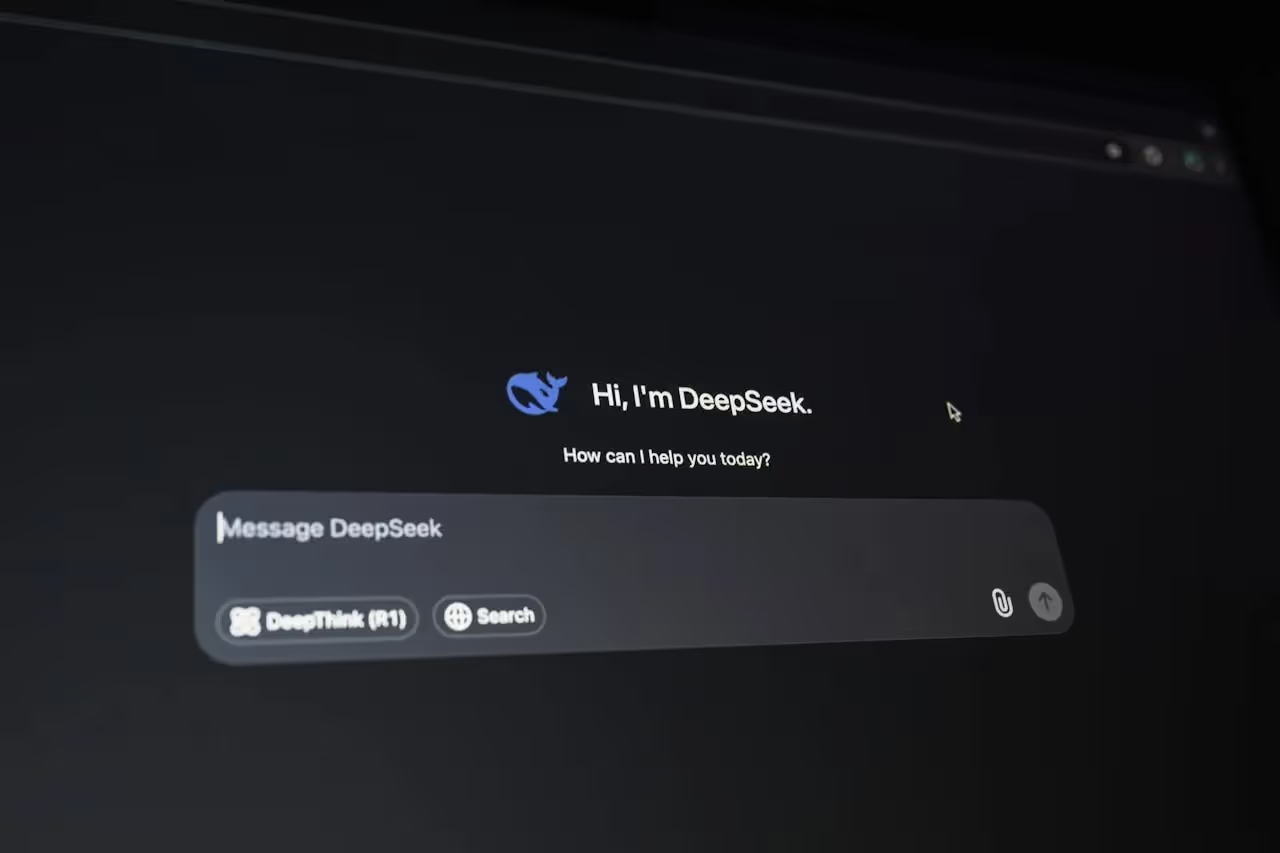



.svg)



